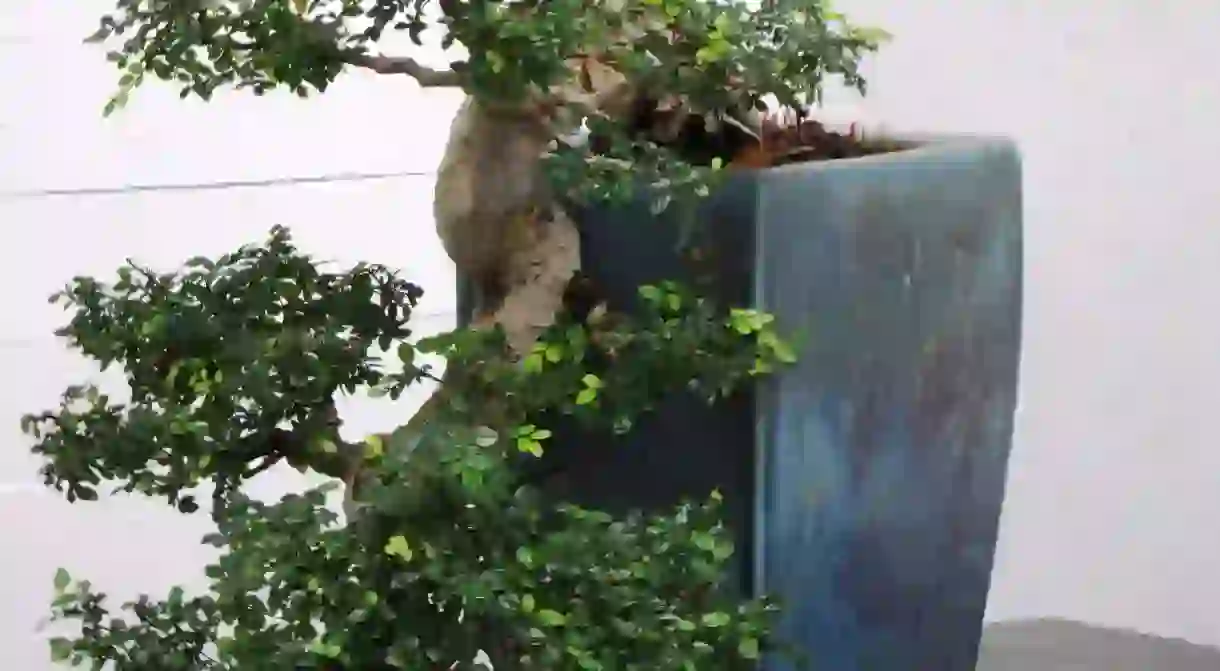The Top Museums to Visit in Marbella

History buffs will find plenty to investigate in Marbella: the city’s museums focus on everything from its prehistoric roots to great works of art. Read on for the top museums to visit in Marbella.
Contemporary Engravings Museum
Museum
Opened in 1992, Marbella’s Contemporary Engravings Museum is housed in a beautiful 16th-century building that was once a hospital. Its permanent collection comprises around 4,000 works and explores the history of printing and engraving in Spain. Pieces of art by some of the country’s most important artists, including 20th-century painters Pablo Picasso and Joan Miró, are also on display.
Bonsai Museum
Museum

Marbella’s Museo Bonsai is home to Europe’s largest collection of wild olive trees, one of which is 300 years old. But as fascinating as these are, it is the collection of mini trees that make this one of the province’s quirkiest and most enjoyable museums. Some of the miniature specimens are native to the rugged hills outside Marbella, and were on the verge of extinction before being rescued by the museum.
Ralli Museum
Museum
Located just three miles to the west of Marbella (about a 10-minute drive) is the Museo Ralli, home to one of Europe’s most prestigious collections of Latin American art. Attractively displayed in a series of spacious, white rooms are paintings and sculptures by leading 20th-century artists such as Salvador Dali, Marc Chagall and Leopoldo Torres Agüero.
Art Wanson Gallery
Museum
Though named as a gallery rather than a museum, Art Wanson nevertheless deserves a place in this article, as it houses one of the best collections on 19th, 20th and 21st-century artworks to be found in Spain. In its chic, spacious exhibition rooms, you can enjoy key works by Pablo Picasso, Marc Chagall and Francis Bacon, to name but three.
Olive Oil Museum (Cortijo Miraflores)
Museum
Marbella’s Cortijo Miralflores Cultural Centre is housed in an elegant 18th-century building that was once used as a sugar mill and an olive oil factory (with an animal traction-operated olive press). Nowadays, it is home to two fascinating museums, one of which showcases items relating to Marbella’s crucial olive oil industry. Its centrepiece is a cast-iron, hydraulic olive press from the latter half of the 19th century.
Archaeology Museum (Cortijo Miraflores)
Museum
The Cortijo Miraflores Centre is also the setting for Marbella’s archaeology collection, which explores the history of the city and its surrounding area from the Lower Palaeolithic period – an epoch that lasted from three million years ago to 300,000 years ago – to modern times. Notable pieces some important Roman remains and cannonballs from the last few centuries, while a number of explanatory panels enable a deeper appreciation of the artefacts.
Marbella Castle
The Castillo de Marbella was built around the 9th century during the Moorish occupation of southern Spain, at which time Marbella was one of the most important cities in Al-Andaluz (as Moorish-ruled Spain was then called). Its defensive walls and ten watchtowers date from the 10th and 11th ceturies and, although battle-scarred and crumbling in places, are still formidable.













